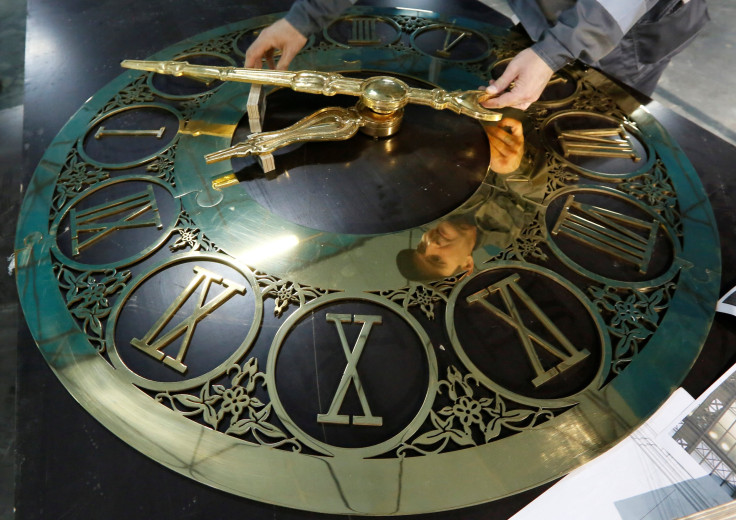2017 New Year Countdown Longer As 2016 Will Have An Extra Leap Second

We all know Earth takes 24 hours to complete one rotation on its axis, but that isn’t entirely exact for scientific purposes that need extreme accuracy of measurements. More significantly, it isn’t a constant either, given that scientists estimate early Earth (think close to its formation about 4.5 billion years ago) completed one rotation in about 6 hours.
The slowdown in the speed of Earth’s rotation is not a cause of concern, since it is an extremely slow process, occurring at the rate of one second about every 500 days. And to adjust the highly accurate instruments that keep a precise track of time as defined by the international scientific community (based on the vibration of a cesium atom), a leap second is added on to clocks from time to time.
It works much like a leap year, in which an extra day is added to the end of February. The last time a leap second was added to clocks was June 30, 2015. And the coming leap second will be added at the very end of 2016.
A statement on the website of the International Earth Rotation and Reference System Service, responsible for the synchronization of Earth time, said in reference to the Coordinated Universal Time: “A positive leap second will be introduced at the end of December 2016. The sequence of dates of the UTC second markers will be: 2016 December 31, 23h 59m 59s, 2016 December 31, 23h 59m 60s, 2017 January 1, 0h 0m 0s.”
That would mean precision clocks in the United States will add an extra second just before 7 p.m. EST. Geoff Chester, an astronomer at the U.S. Naval Observatory, told the Washington Post that the master clock at the facility will add the extra second. Internet services also need perfect time synchronization, and Google will, instead of adding one second suddenly, will make the increment in much smaller even installments spread over 20 hours.
As of Jan. 1, 2017, UTC — based on astronomical timekeeping — will be 37 seconds behind atomic time.
Why is the Earth’s rotation decelerating? There are many factors that affect the speed of the planet’s rotation, but the main reason slowing it down is thought to be the result of the friction between tidal movements in the oceans (which cover over 70 percent of the planet) and the turning Earth. Another effect of a slowing planet is that it allows the moon to get farther away from Earth.
© Copyright IBTimes 2024. All rights reserved.





















